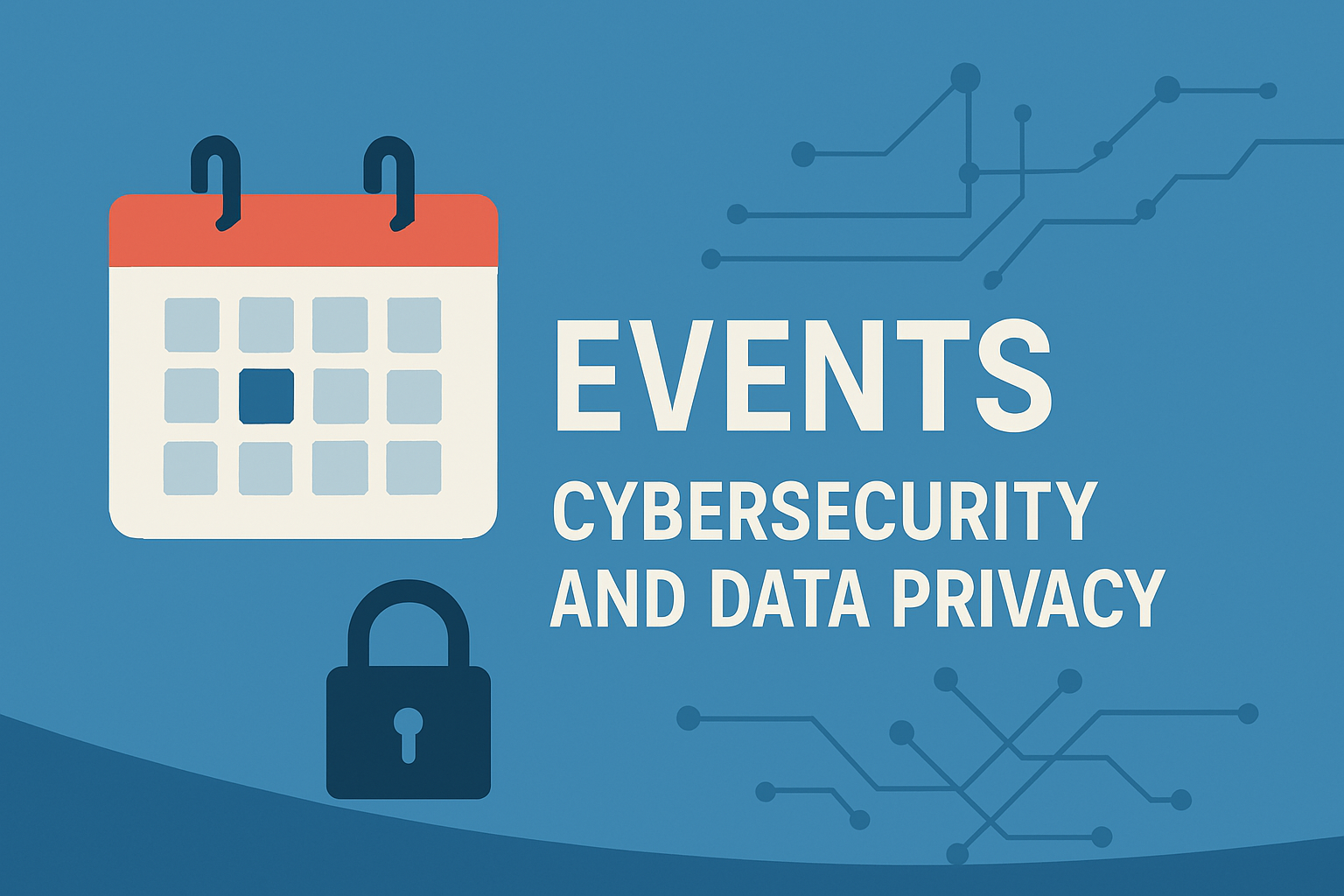The Real Cost of Complacency: Why Cybersecurity Awareness Starts with Us
For the last two years, as Cybersecurity Awareness Month returns, I find myself thinking less about firewalls and frameworks and more about people.
Technology evolves. Threats evolve faster. But the heart of cybersecurity has always been human. The quiet decisions made every day by educators, administrators, and students determine whether our institutions remain safe or become headlines.
And in education, where purpose runs deeper than profit, the stakes feel different.
The New Reality of Risk in Education
Over the past decade, education has transformed. Hybrid learning, connected devices, digital testing, and research collaboration have all expanded what it means to “protect the classroom.”
But with that progress has come complexity, and complexity invites risk.
Many schools and universities are now operating with sprawling technology ecosystems managed by small, overstretched teams. These professionals are trying to keep up with relentless change while defending systems that were never designed for today’s threat landscape.
I’ve seen firsthand how easily a single vulnerability can cascade into real-world consequences: lost data, canceled classes, disrupted operations, and shaken trust. It’s never just a technical problem, it’s a human one.
Awareness Is Not a Checkbox
Every October, inboxes fill with reminders about cybersecurity awareness training. But genuine awareness does not come from compliance modules or quiz completions. It comes from culture.
It begins when people feel ownership. When they understand why it matters, not just what to do.
A district I worked with recently lost its long-time IT director unexpectedly. When the dust settled, leadership realized how much institutional knowledge had lived in one person’s head. It was not about negligence; it was about unseen vulnerability.
That moment reminded me that awareness is not about assigning blame. It is about creating clarity. It is the point when leaders say, "We do not have to know everything, but we need to know where we stand."
The Leadership Moment
Cybersecurity has become a leadership issue, not just an IT issue.
It is about creating space for uncomfortable conversations about risk, capacity, funding, and accountability. It is about understanding that every decision, from procurement to password policy, reflects values as much as priorities.
The most secure campuses I have seen are not those with the most tools. They are the ones where people talk to each other. Where technology teams, faculty, and administrators work from a place of shared responsibility instead of silos and assumptions.
That is not a technical investment. It is a leadership commitment.
Awareness That Lasts Beyond October
Cybersecurity Awareness Month is a good reminder to pay attention, but awareness can’t be seasonal.
The real challenge is how we sustain it through the rest of the year: how we build systems and cultures that make security second nature, not second thought.
For leaders in education, that means showing vulnerability. Admitting what we don’t know. Asking for help when we need it. Encouraging the same openness in our teams.
It also means balancing mission and protection, ensuring that the drive to connect, innovate, and share knowledge never compromises the safety of those we serve.
Closing Thought
Cybersecurity is not about locking down learning. It is about preserving it.
In every district, college, and university I have worked with, I see the same quiet determination: to keep moving forward despite the noise, the fatigue, and the fear. And that gives me hope.
Because awareness is not built by rules or reminders. It is built by leaders who care enough to keep asking hard questions.
As we navigate another Cybersecurity Awareness Month, that is where I choose to focus. Not on the threats that surround us, but on the responsibility that unites us.



